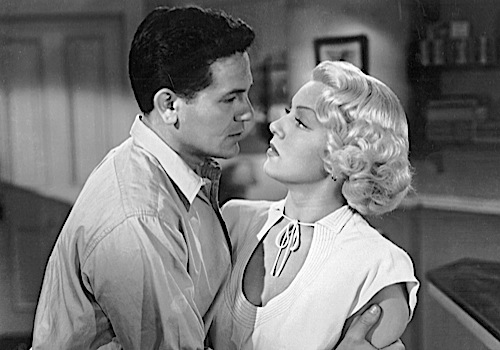Let’s Talk About Sex
Sadomasochism and deviancy in American Cinema
How did filmmakers talk about sex before they could talk about sex? 50 Shades of Grey is arguably the first mainstream American film to thoroughly tackle ideas and practices of sadomasochism, despite centuries of literature on the subject. Since the early years of the medium, it became apparent that the cinema had the power to titillate—to excite—so it was held to a special set of concerns regarding decency that would inform and regulate what we could see in the cinemas. Yet, this did little to change the fact that sex is not only a fundamental aspect of the human condition but that it is something people wanted to see. And though, judging by some of the reception and discussion surrounding 50 Shades of Grey people are still uncomfortable with the ideas surrounding sadomasochism, there is actually a very rich history of utilizing its ideas and themes in the American cinema.
Hollywood has always kept its most daring subject matter cloaked heavily in subtext. This has led many filmmakers to embrace the frameworks of sadomasochism, in particular in regard to power-dynamics, to add some punch to their storytelling. Sadism in particular became a particularly salient way of communicating to audiences that a villain was really evil, as he or she literally took sexual pleasure from harming others. Masochists are less prevalent in Hollywood —though they are easily confused with characters trapped in a cycle of abuse—as those who find pleasure through pain.

In the early ages of sound cinema, before the production code (a time period roughly spanning from 1933-1967 in which a strict list of regulations was enforced as to what could be said or shown onscreen), sadomasochism and so-called “sexual deviancy” was rampant. Gangster films in particular were rich with acts of sadism: characters like Tom Powers (James Cagney) in The Public Enemy (1931) indulged in their impulse to cause pain, often reserving their most heinous acts for the women they desired. At the breakfast table after a night of presumed passion, Cagney maniacally stuffs a grapefruit into the face of his lover. We may not approve of his action, but we enjoy the audacity of his impulse to do it. These films had disclaimers that the actions on screen were not being endorsed, and the villains would be punished—but audiences were not flocking to see these films for moral lessons; they were going to be excited.
-

-

-

-

-

-

-

-

-

-

-

-

-

-

-

-

-

-

-

-

-

-

-

-

-

-

-

-

-

-

-

-

-

-

-

-

-

-

-

-









































